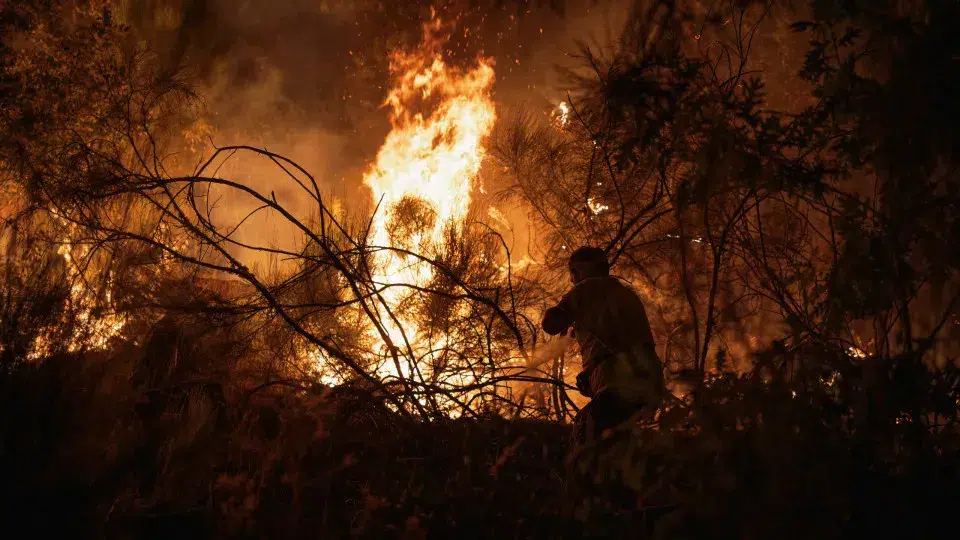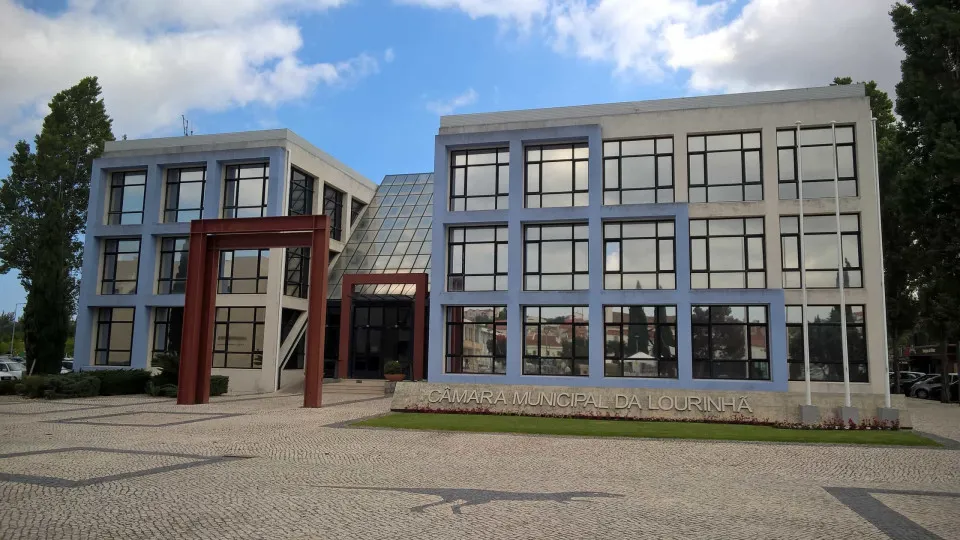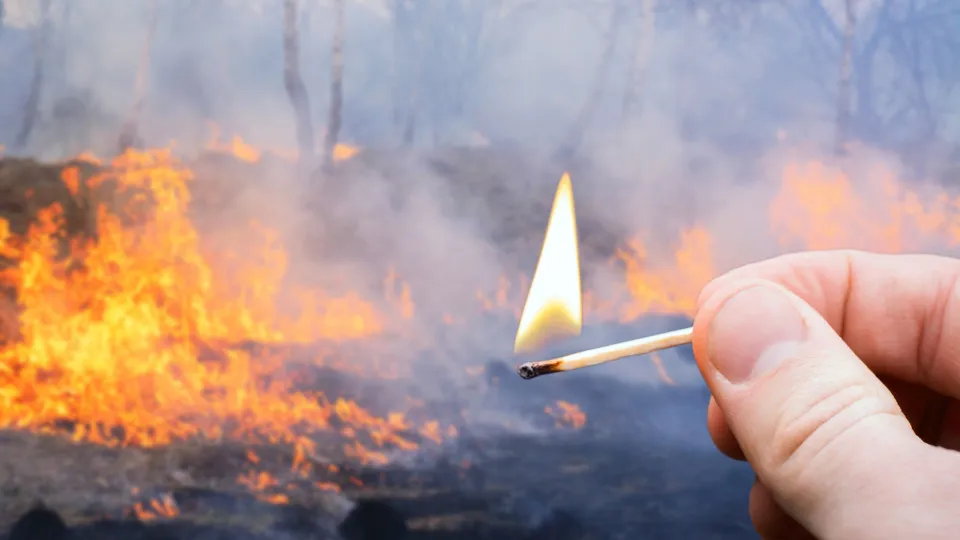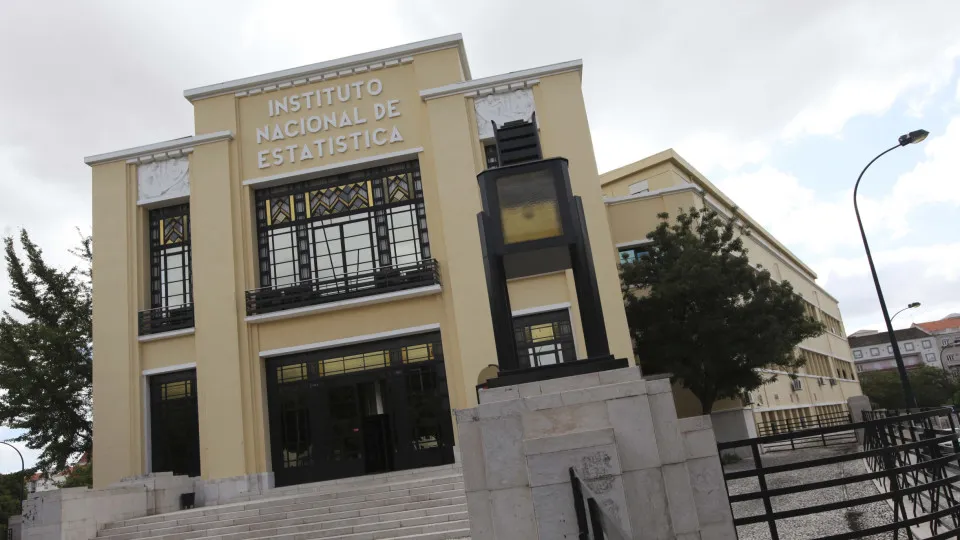
“We have created a small incentive of 100 euros per hectare for landowners to remove wood and other material in burned areas to quickly achieve ecological renewal, which is the sad scenario we face,” said Carlos Santos, the President of the Municipality.
Among the approved support, the President of Câmara de Sernancelhe highlighted the “provision of food, such as hay and straw,” for animal owners, including “feeding bee colonies.”
In the agricultural sector, the Municipality of Sernancelhe will provide fertilizers, manure, and other agricultural products, and will support the replacement of perennial crops, as well as chestnut trees or olive trees affected by the fires.
In the business sector, Carlos Santos noted “a non-repayable support per number of workers, meaning a small one-time incentive of 200 euros per worker” for companies or cooperatives.
The regulation approved today is described by the Mayor as an “emergency response and measures for prevention and relaunching the economy, complementary to those defined and established by the Government.”
“It is also a ray of hope that we want to give to our residents,” he emphasized.
The support is “temporary” and takes the form of a “non-reimbursable subsidy” with “complementarity to self-financing,” also including the “total or partial exemption from municipal fee payments” on an “exceptional and temporary basis, not cumulative with other extraordinary measures.”
“What concerns us, and we are still considering how we can help, along with the Government, are the landowners who depend 100% on chestnut groves. The chestnut tree takes 15 to 20 years to become profitable, and we need to find a solution to ensure they do not give up but have sustenance,” he stated.
The regulation, consisting of 25 articles, will go to the Municipal Assembly for voting on September 12, with the idea “to avoid public discussion, because it is an emergency situation, and if passed, it will come into effect the following day” after potential approval.
The fire that reached Sernancelhe originated from two fires—one that broke out on September 13 in Sátão (district of Viseu) and another on September 9 in Trancoso (district of Guarda), which on September 15 became one, affecting a total of 11 municipalities in the two districts.
Sátão, Sernancelhe, Moimenta da Beira, Penedono, and São João da Pesqueira (district of Viseu); and Aguiar da Beira, Trancoso, Fornos de Algodres, Mêda, Celorico da Beira, and Vila Nova de Foz Côa (district of Guarda) were among the affected municipalities.
This fire was brought under control by 10:00 PM on September 17.
Portugal’s mainland was affected by multiple large-scale rural fires in July and August, especially in the North and Centre regions.
The fires resulted in four deaths, including a firefighter, caused injuries to several people, some seriously, and totally or partially destroyed primary and secondary residences, as well as agricultural and livestock operations and forest areas.
According to provisional official data, by August 23, approximately 250,000 hectares had burned in the country, more than 57,000 of which were due to the fire that started in Arganil.




